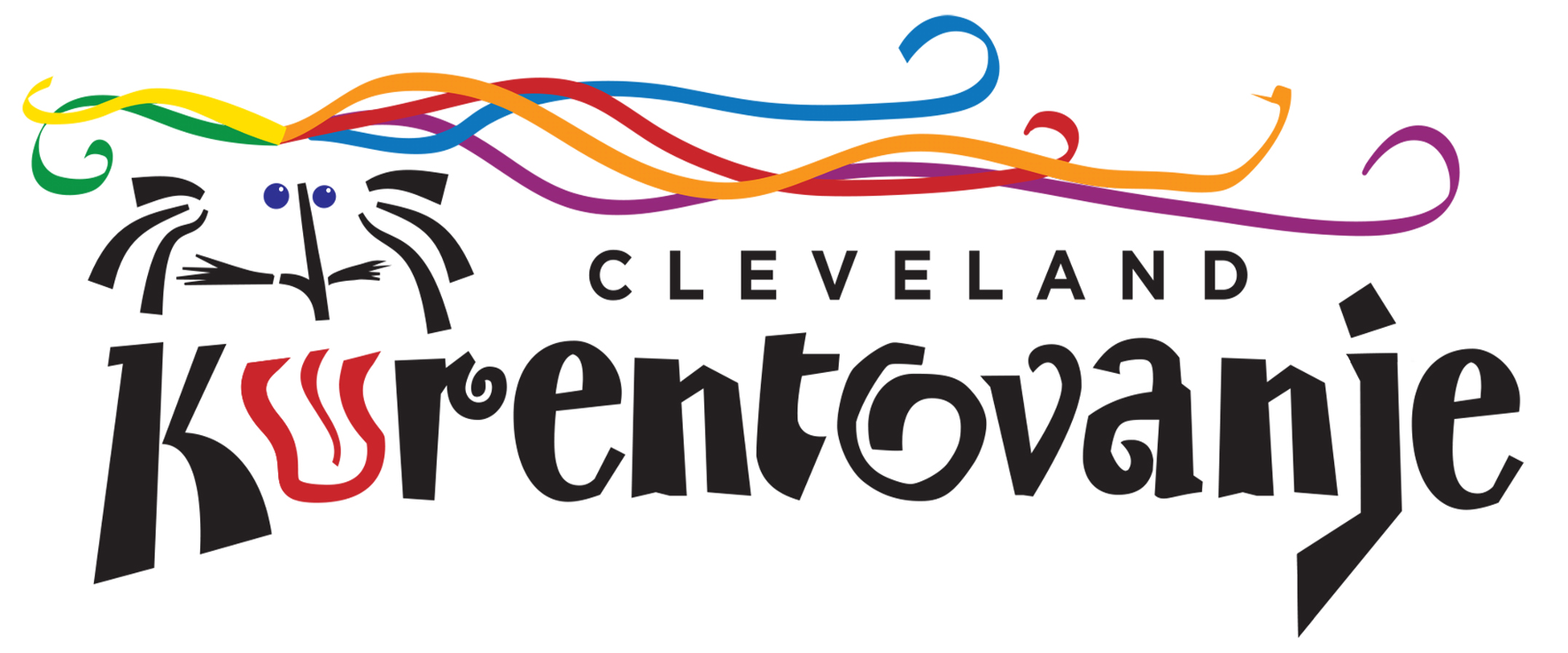Shaking our bells since 2013
Our History
Origins of Cleveland Kurentovanje
In 2013, a group of local Slovenian-Americans, with support from the St. Clair-Superior Development Corporation, organized the first Cleveland Kurentovanje as a way to celebrate our heritage and the Mardi Gras season. That first year, the planning group pulled together the event in approximately six weeks, and were astounded to see 2000+ attendees at the first Cleveland Kurentovanje.
Since its' inception, Cleveland Kurentovanje has been proud to host crowds of approximately 2,000-7,000 attendees annually. Entrance to the Saturday event has always, and will continue to be free of charge. Cleveland Kurentovanje is lead by a group of volunteer organizers who donate their time and talents to foster the success of the event. We are extremely grateful for our past and present sponsors and volunteers who have provided gifts of their time, talents, monetary and in-kind donations to help offset the costs of the event.
An early group of Cleveland Kurentovanje organizers sitting at a long table inside of Sterle's Slovenian Country House, which is now closed.
History of the Kurentovanje Carnival
The origins of the Kurent and Kurentovanje festivities are obscure, and may have come from earlier Slavic, Celtic or Illyrian customs. Similar traditions are found throughout the region, in parts of Croatia, Hungary, Serbia, Bulgaria and elsewhere.
The idea of the modern organized carnival event in Ptuj, Slovenia came about in the 1950s, when carnival masks, accompanied by a band, spontaneously formed processions on Mardi Gras Tuesday. This event continued to grow and the main organizers were strongly convinced that this event could help prevent what they perceived as the extremely rapid disappearance of traditional carnival customs in the area. The event is named after the most well-known carnival masks called “Kurent” – and Kurentovanje was born. Kurentovanje was transformed into an event of ethnographic significance, comprised of the unique carnival figures and habits from the Ptuj region and traditional Slovene masks, helped to make the event grow into a festival of masks. He additionally planned to expand the content of the event by introducing contemporary carnival masks.
The Carnival was admitted into the European Federation of Carnival Cities (EFCC-FECC) in 1991. In 2017 the Door-to-door rounds of the Kurent were inscribed on the UNESCO representative list of intangible cultural heritage of the humanity.
Today, Kurentovanje is one of Slovenia's most popular and ethnologically significant carnival events. The festival is visited by more than 100,000 people every year. Saturday and Sunday parades are watched by 60-70,000 people. During the entire eleven days, some 15-20,000 people are expected to party in the carnival tent, and afternoon programs in the town are followed by more than 2,000 people every day. Kurentovanje is becoming recognizable in Slovenia and abroad, and more than 400,000 spectators follow daily information by means of mass media. Participants in parades are numerous: the Saturday parade boasts more than 1,500 participants, and the Sunday parade involving over 9,000 spectators with around 800 Kurents marching.
History of the Kurent
Kurent (also spelled Korant) is the most famous traditional carnival figure of the entire region, and arguably, the most recognizable in all of Slovenia. While Kurent groups might not all look exactly the same, it is the most popular and frequent traditional carnival figure in the Ptuj region.
The Kurent has its origin in popular tradition. Traditionally, the Kurent’s outfit was reserved for unmarried men, but nowadays Kurent costumes can be worn by unmarried or married men, as well as well women and children.
There are two types of Kurent: “feathery” and “horned”, which primarily refer to the difference of their head covering. The Kurent wears a massive sheepskin garment. Around its waist hangs a chain with huge bells attached—the resulting noise does a great job of chasing away winter, which is the Kurent’s primary function. The Korent also wears heavy boots and special red or green leg warmers, while the head is covered by a towering furry hat festooned with ribbons, and a mask typically sporting a long, red tongue. A wooden club is normally carried in the left hand. By the end of Carnival a Kurent will have collected many handkerchiefs (given by girls & women) which he carries tied around the club.
Derived from Wikipedia and Republic of Slovenia - Ministry of Culture

